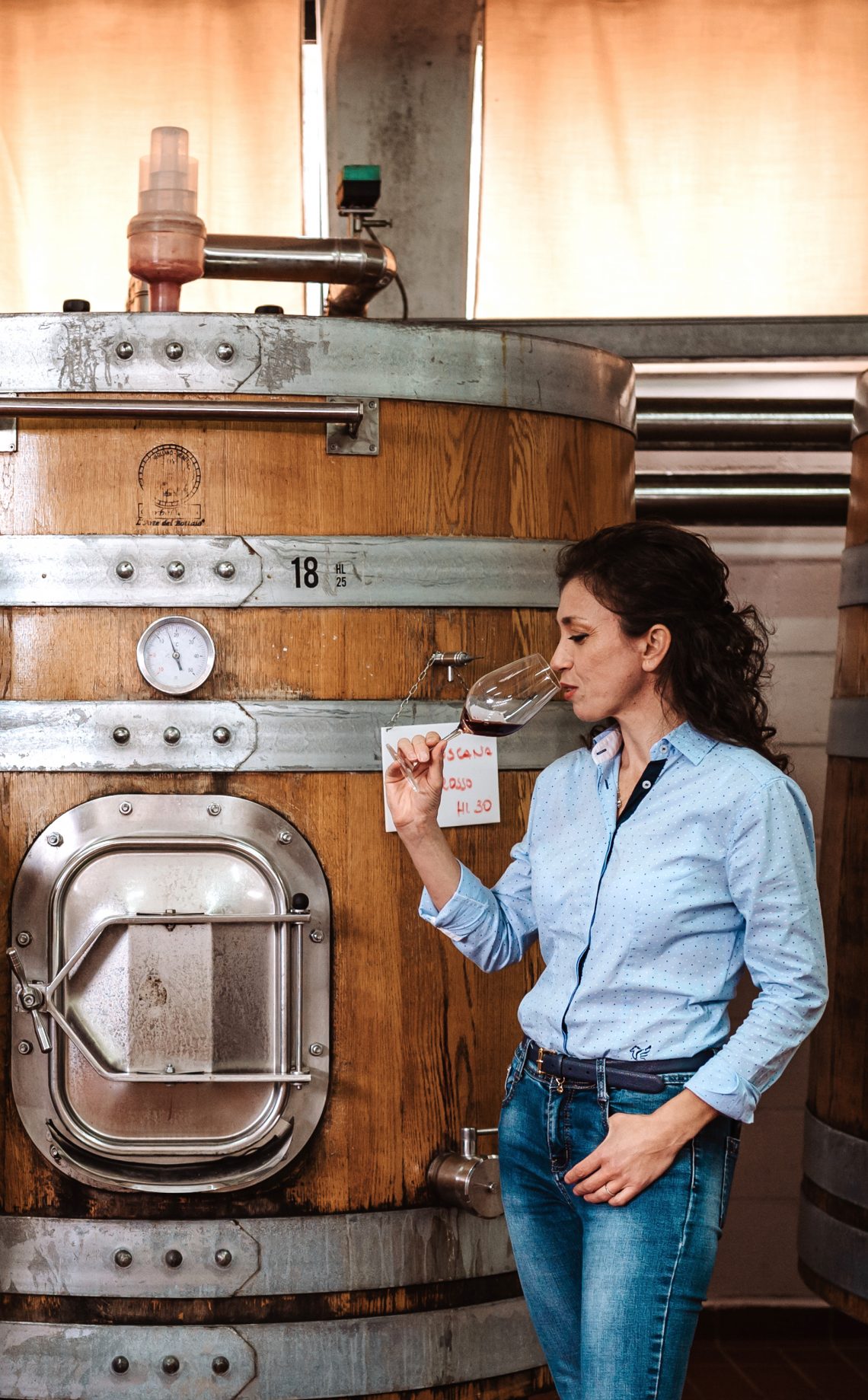The Wolf Post, supported by a Cultural Association, offers a professional service with free access, without subscription.
For this reason, a donation would also be a sign of appreciation for our work.
The cellar is the beating heart of the company where the manual skills of the operators and the knowledge of the winemaker merge. Of course, today, technology is an indispensable element which, however, according to some, has taken poetry away from a work that is lost in the mists of time.
We ask the oenologist Vincenza Folgheretti for his opinion on the matter.
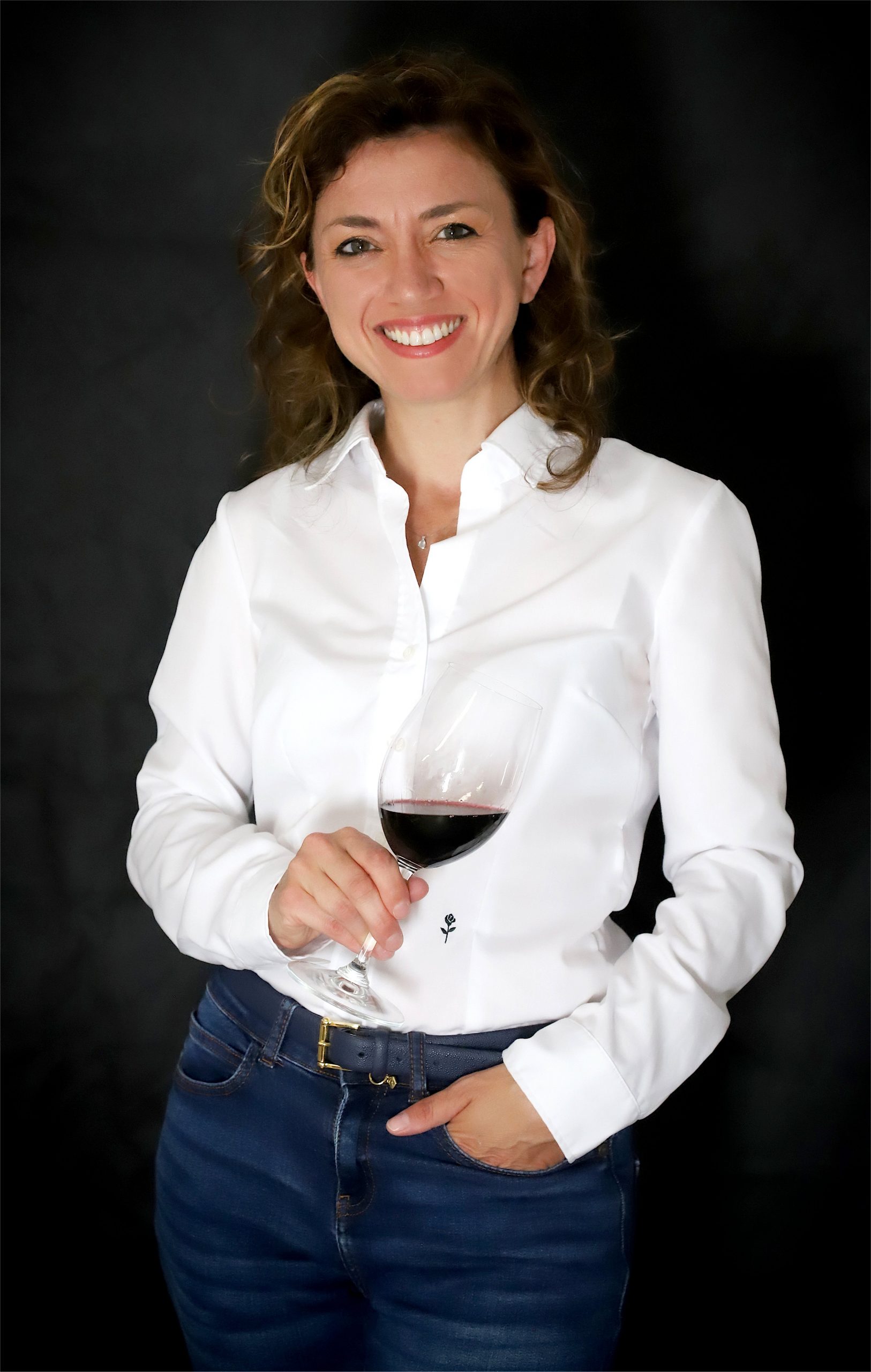
© Vincenza Folgheretti
What is your opinion on the statement: “Wine is no longer made in the vineyard, but only in the cellar”? A cliché sentence or does it hide a grain of truth?
In my opinion, saying that “wine is made in the cellar” is a bit risky. Of course, today technologies allow us to really work miracles at times, but it is also true that if we have to talk about identity, personality, longevity and anything else that can give uniqueness to the product, it is of fundamental importance to start from an excellent raw material. “Excellent” does not mean only the health of the grapes, which is the sine qua non, but the production balance itself given by the plant, soil, microclimate and then ending up in the grapes, if you like, the so-called terroir.
And the same thing is true, albeit in a different way, for those simpler wines, for which drinkability, lightness and pleasantness are sought. Everything starts from the vineyard.
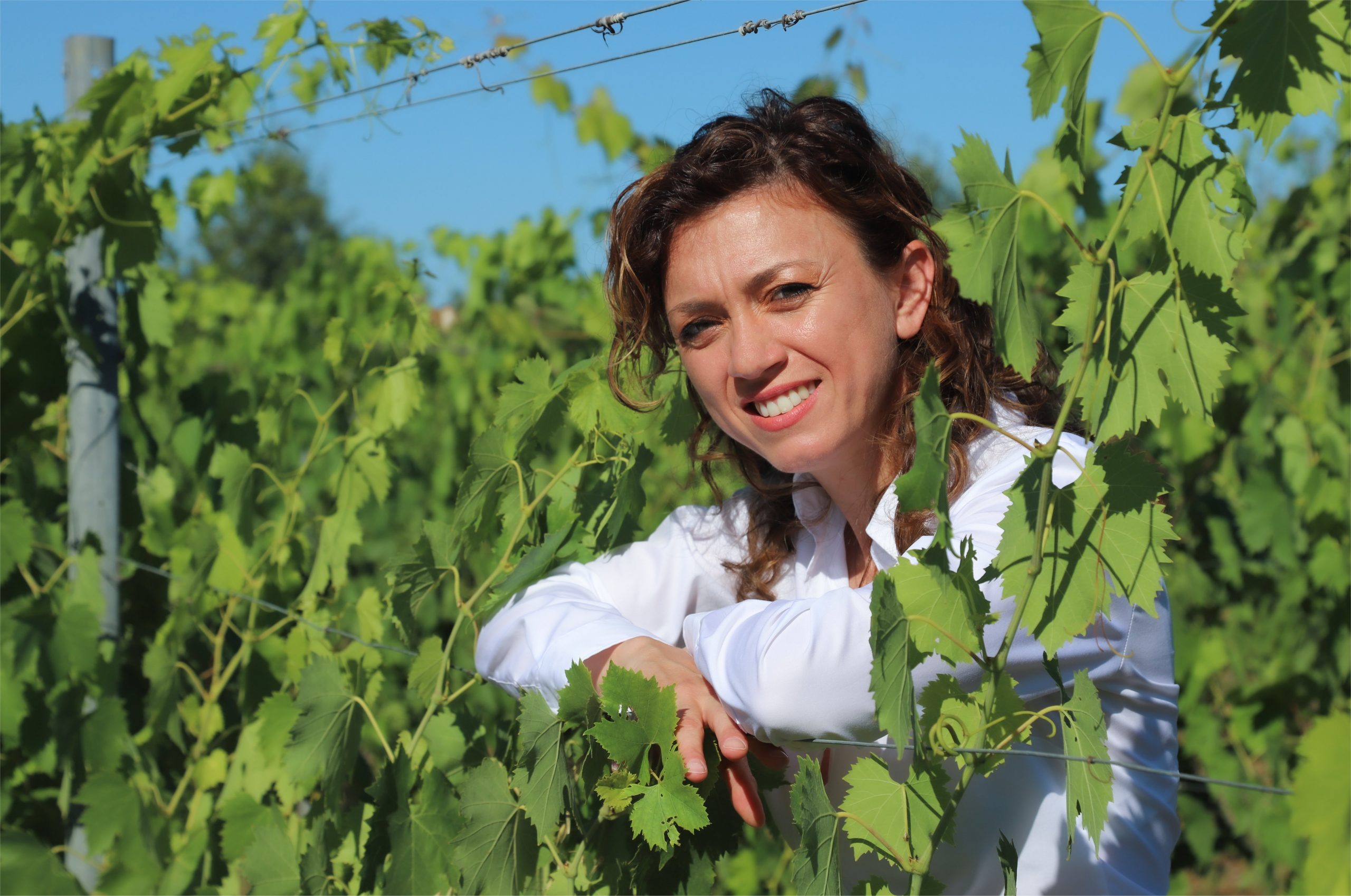
© Vincenza Folgheretti
How much has technology in the cellar improved and how depersonalized the work of the winemaker?
I do not at all believe that technology has depersonalized the work of the winemaker, on the contrary I would say that it has become an excellent ally. We assume that there are different categories of wine, each of which identifies a specific target of consumers. Here, that’s where we need to start: what is the goal? What do you want to achieve? How do you want to get it? Today, technology comes to us in response to these questions and, depending on the use we make of it, we can obtain one product rather than another.
Furthermore, let’s not forget that it is thanks to technology that today we drink highly respected wines, certainly each with its own style but, basically, free of macro defects, which in the past was very questionable.
In any case, whatever the path you want to take, the last word always belongs to the winemaker.
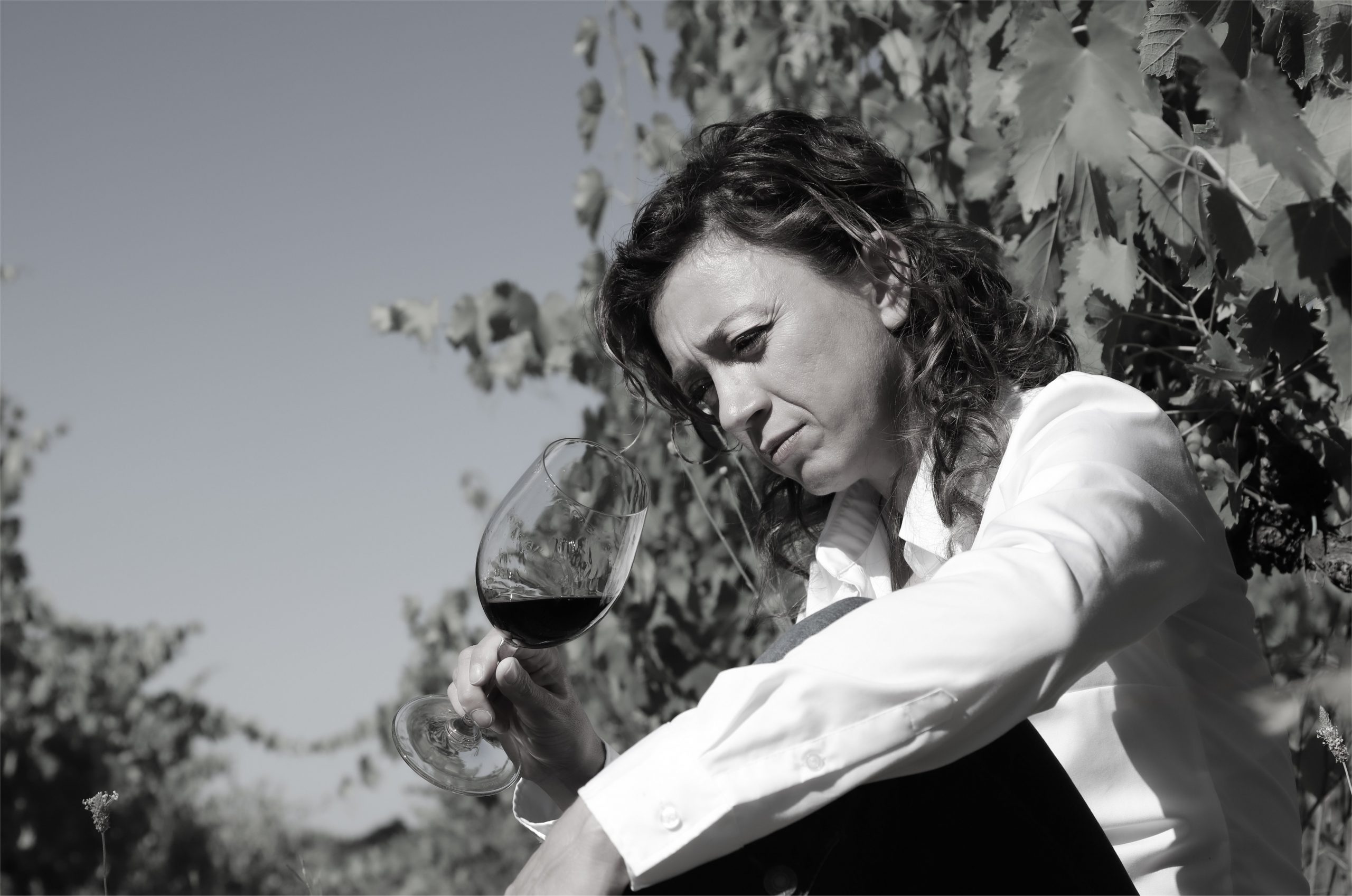
© Vincenza Folgheretti
According to your experience, which technological tool today is impossible to give up?
I believe that controlling the temperature can make most of us agree.
With the same raw material, temperature management has a very strong impact on the final result, both physical and microbiological. The temperature control not only allows us to manage the bouquet of the wine in some way (just think of a white vinified at 14 ° C and the same white vinified at 20 ° C, the organoleptic result will be completely different), but it also allows us to remedy any stoppages in fermentation, often caused precisely by the high temperatures reached during the alcoholic fermentation phase, which seriously jeopardize the health and quality of the product itself.
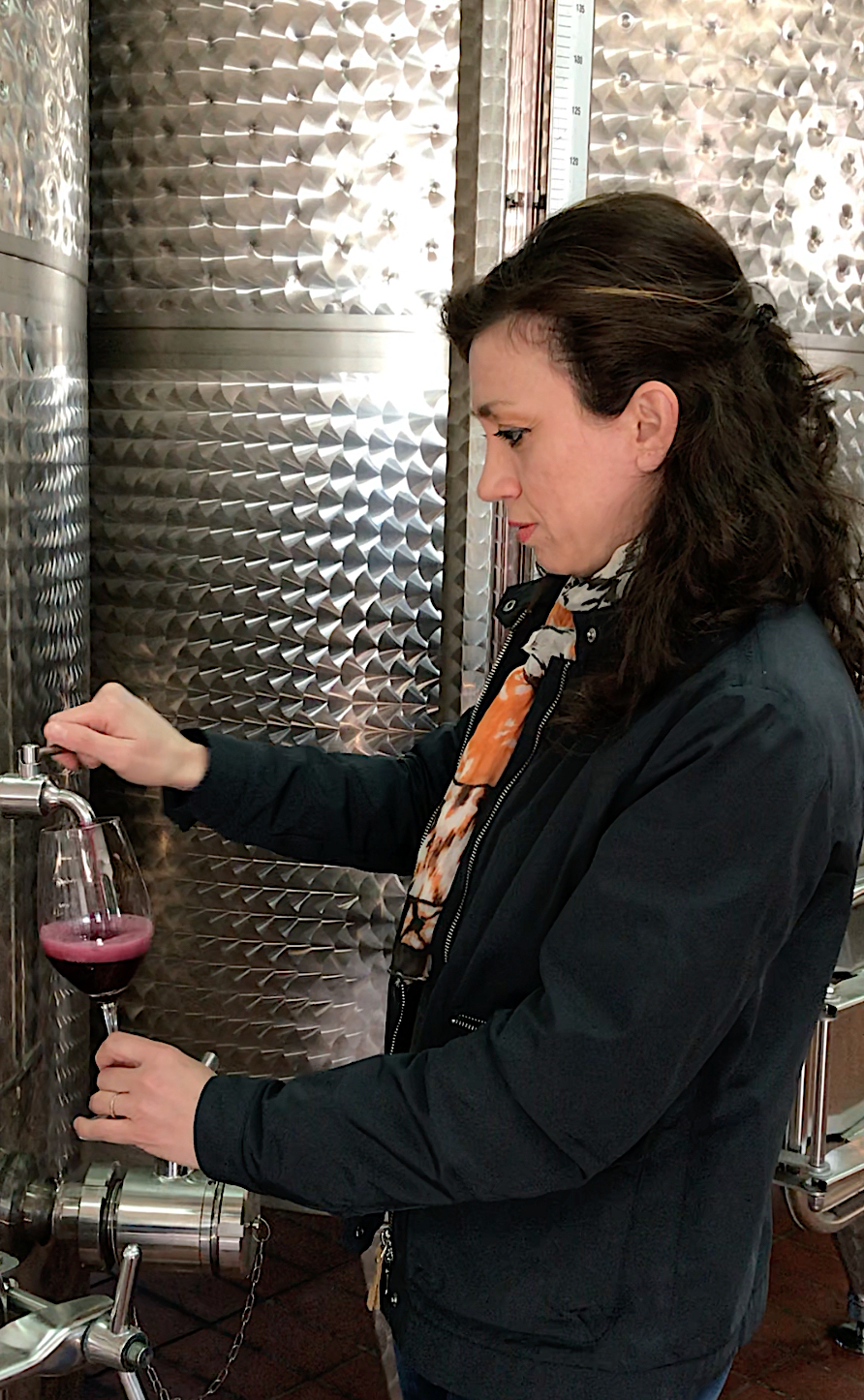
© Vincenza Folgheretti Enologa
What are the main criticalities of a winery and what is your modus operandi to solve them?
The critical points that I often find are mainly related to the management of spaces, not only in historic cellars, but also recently built.
In historic cellars, for obvious reasons, spaces are not always managed optimally. I am referring not only to the work logistics, linked to the actual size of the structure, but to the capacity of the containers themselves.
Today, the trend leads to the search for the uniqueness of the product, starting from the vineyard, the so-called zoning. We know that with the same variety, the soil, the exposure, the altitude, the rootstock, the clone and any variable that may arise, brings different characteristics to the product.
Today, the goal, for many companies, is uniqueness, no longer just good and pleasant products, but also products that have their own territorial identity. To obtain this result, there is an increasing need to vinify each batch separately, in order to obtain the maximum result from each one.
To do this, it is obvious that you need to have more containers, perhaps even smaller ones, which, consequently, take up more space. This is not always possible so we try to find the right compromise, perhaps by putting together grapes from plots that, over the years, have given more or less similar characteristics or, in any case, to vinify together masses for which we already know the final destination.
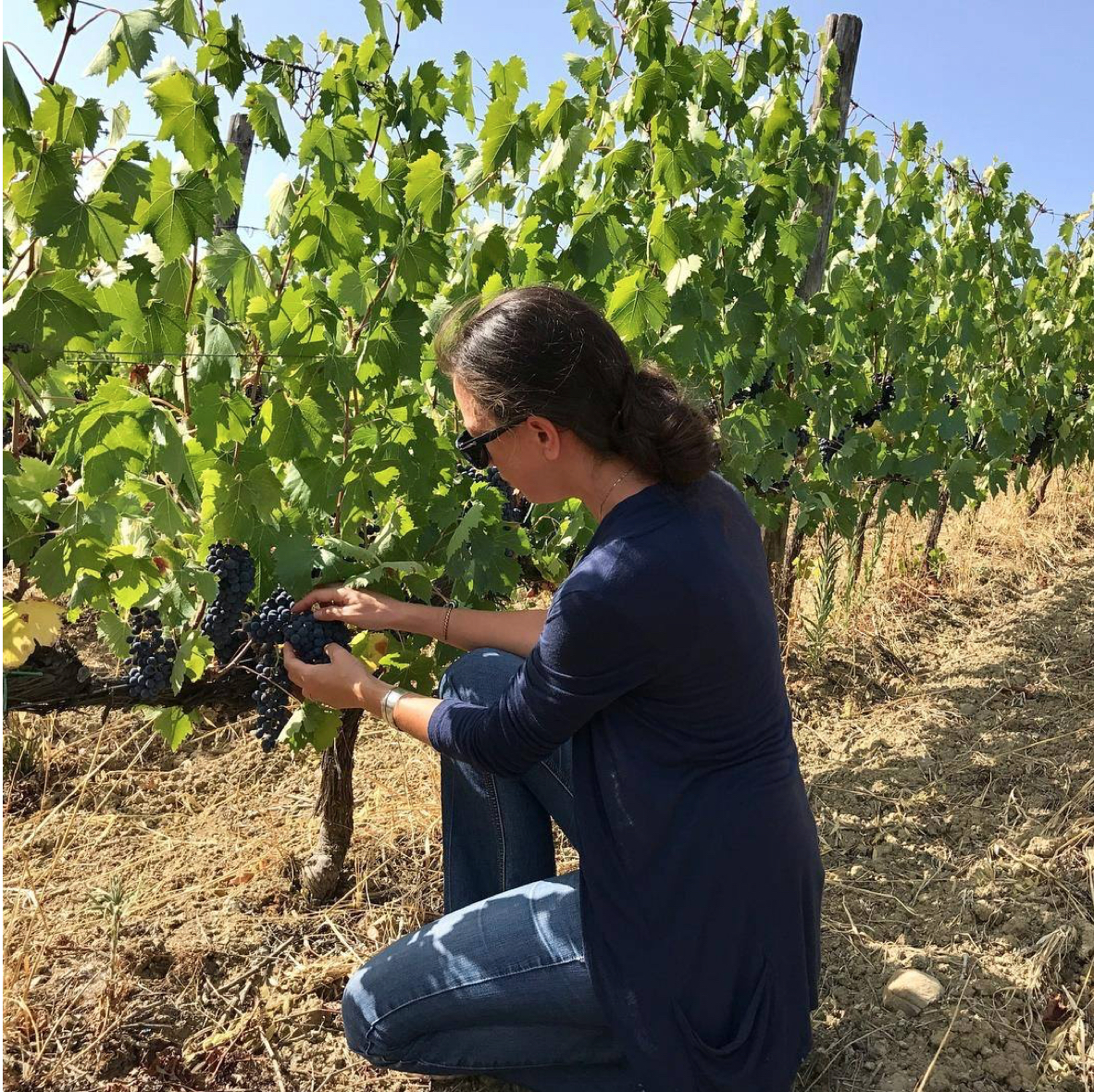
© Vincenza Folgheretti Enologa
In your imagination, how should your ideal cellar be structured? Did you manage to find it in any company?
The perfect cellar, in my opinion, is the one built around the product, in the true sense of the word. When an enological entrepreneurial project starts, the first thing that should be done is to understand what you want, how you want it and in how much time. Having understood these concepts, we literally begin to build the cellar, starting with the design of the spaces, and then ending with machines and tools, obviously taking into account the turnover of the product.
There is no single perfect cellar, there is a cellar created ad hoc for the oenological goal you want to achieve and I must say that, lately, I see more and more often. Just as I happen to see aesthetically beautiful cellars, but not very functional.
The winery must first of all be a work center created to produce wine in the best possible way and to obtain the maximum result in terms of quality, time, work management, in short, all those elements that create the entire production process. , from the arrival of grapes to marketing. Obviously, this does not go beyond architecture, which can be modern, traditional, in any way you want, but it is important that there is close collaboration and comparison between those who will create the structure and those who will take care of the production part.


